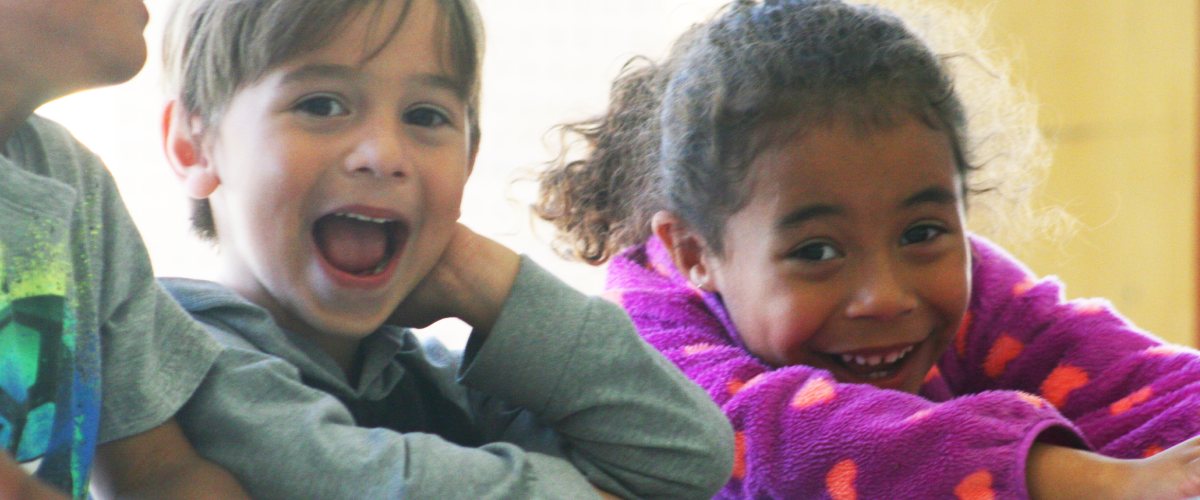“nothing”…“stuff”…“fine”
Are these the standard answers you get when you ask your children about school? Sometimes those are even the answers on a good day which may seem better than a dismissive shrug, but getting your children talking is important.
After-school specials and commercials gave us, as parents, a false expectation of family dinners and deep conversation over milk and cookies. I mean yeah we aren’t the Brady Bunch but we also can’t expect communication to come so naturally. Communicating with your child in a way that appeals to them may be a game changer.
Part of the problem may lie in the questions we ask children. When the question is, “how was your day?”, “fine” may feel like a completely acceptable answer. However, a well-formed question that requires a bit of thought would likely result in a more complex answer.
There are 3 keys to crafting an effective conversation starter:
1. Ask open-ended questions: Close-ended questions are those that can be answered with a one or two-word answer, and they tend to limit conversation. Open-ended questions require more than one word, and usually some thought to answer.
2. Ask for specific information: The question, “what did you do at school today?” is open-ended, but is also very general and a quick one-word answer like “I played” answers the question without getting into specifics that might continue the conversation. Instead, the statement, “tell me two things you learned today?” inspires both thought and requires a child to provide a more complex response.
Specific questions also help narrow children’s focus to certain aspects of their day, which makes a more in-depth answer more likely.
3. Start with your own story: Children are not born naturally understanding the give-and-take of conversation. As with almost everything else in life, it is up to adults to teach them. You can model these rules by starting with your own story with a statement like, “Start thinking of your favorite part of the day, but first, let me tell you something that I enjoyed today.”
When looking to have in-depth conversations with your child, get creative with how you start. Use some of the following ideas to inspire your own questions:
- What happened that was interesting today?
- Tell me 3 things you noticed today.
- Tell me something you did well today.
- If you had to pick one word to describe today, what would it be?
- What was the most fun thing that happened today?
- Did your day go like you thought it would when you woke up this morning?
- If you have to give today a rating from 1 – 10, what would it be?
The most important aspect of encouraging conversation is to make your child feel like they are listened to and respected when they are speaking. That means putting down the device, muting the volume, and making eye contact (if you are not driving) so your child knows they have your attention while speaking. This feeling of being the center of your world will make it more likely they will engage in conversation in the future.

